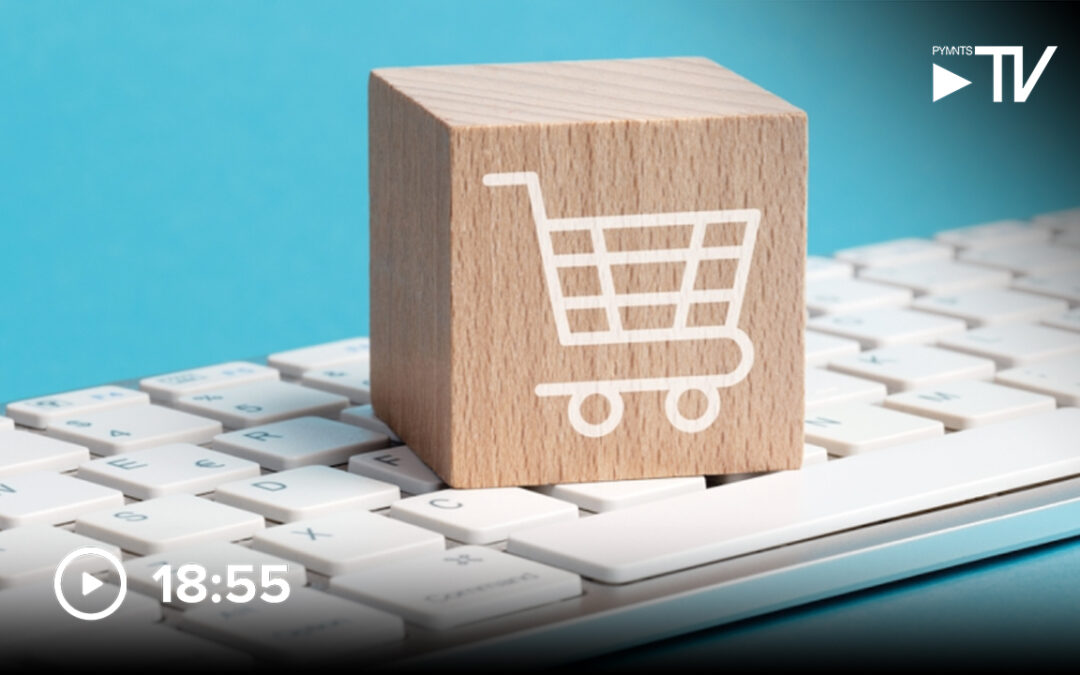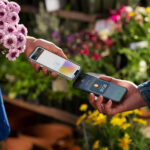For online merchants — no matter in which country they operate, no matter what they are selling — there are two sides to what might be called the eCommerce coin.
There’s the user experience on one side, which leads to conversion. Then there’s the other side of the merchant/customer interaction, as they move through the checkout process and complete the purchase.
Through a series of reports with Mastercard, PYMNTS delved into the checkout experience and new technologies and partnerships that serve to boost conversion rates. Prakriti Singh, senior vice president, network and digital payments, EEMEA, and Agnes Woolrich, senior vice president, Customer Solutions Center, U.K. and Ireland, both of Mastercard, offered insights in an interview with PYMNTS into how their markets are illustrative of new approaches to securing and streamlining the checkout process.
Singh said conversion rates are among the top priorities and concerns of merchants in the United Arab Emirates (UAE), per Mastercard/PYMNTS research.
Conversions “come from a checkout experience that is high on speed and that is convenient for the customer,” she said. “It is also very well known that consumers will easily abandon a payment experience that is inconvenient.”
Mastercard’s own cart abandonment rates can top 70% even in relatively mature eCommerce markets including the United Kingdom, Woolrich said. For firms that optimize the checkout experience, the gains can be considerable, with conversion rates that increase by as much as 35%.
The increase can be driven by offering express checkout options to buyers. Chief among those offerings are one-click solutions, Singh and Woolrich said.
“People want to pay online just as easily as they pay in the shops when they only need to tap their cards and the transaction’s gone through,” Woolrich said.
That ease of use is lacking online. Britons, on average, take as many as three minutes to enter their payment details online, she said. That adds up to hours spent online annually, inputting the same 16-digit card numbers.
Improvements From One-Click Options
A one-click checkout solution improves the user experience as the individuals’ card details are remembered by the merchant of the payment service providers. The credentials are stored in a secure manner, which helps battle the looming specter of online fraud.
In a market such as the UAE, the improvements wrought by one-click options would be significant, given the fact that the difference between online and offline transaction “success rates” can be more than 20%, Singh said. But one-click checkout “eliminates the possibility of all types of rejections that may happen” with the issuing bank, due in part to the data that is passed between the merchant and the issuer. There may be mistakes in the 16-digit primary account number that has been manually entered, or the card verification value expiration date.
As for the improved security, in the UAE and the broader Gulf region, “there is almost a difference of 2% to 3% in fraud rates between transactions that are tokenized versus not tokenized,” she said.
There is an opportunity for payment service providers (PSPs) and Mastercard, as a payments network, to bring one-click options more fully into Singh’s and Woolrich’s markets. As many as 60% of U.K. merchants and about 46% of UAE merchants have requested the technology. That leaves many in the enterprise community unaware of the technologies at all, and so PSPs must broaden their efforts to communicate the advantages to their clients.
“Merchants, especially those that are not global in nature, … will look towards their PSPs to provide them with payment technologies,” Singh said, adding that ease of integration continues to be a key driver of helping firms decide which PSPs they’ll choose as partners.
“All merchants we speak to big or small want an easy integration,” Woolrich said. “And if we ensure a ‘light lift’ as we deliver the payment system, well, this means that merchants can instead focus their time and effort … on their core business.”
For the PSPs themselves, Singh said there are white-label platform services (such as those offered by Mastercard) to help ensure that advanced technologies and industry standards are available to providers through a single point of access via gateways.
“At Mastercard, we are absolutely very focused on minimizing the tradeoff between convenience and security,” Woolrich said.
There’s more data being harnessed to accompany the transaction itself, and Singh said Mastercard is using biometrics as an additional way to authenticate transactions in tandem with tokenization.
As Singh said of the consumers and sales conversion that hangs in the balance: “They like to be able to pay with their preferred … payment method and as conveniently as possible while ensuring that their credentials and financial information is safe. And all of these things become possible with one-click checkout.”






